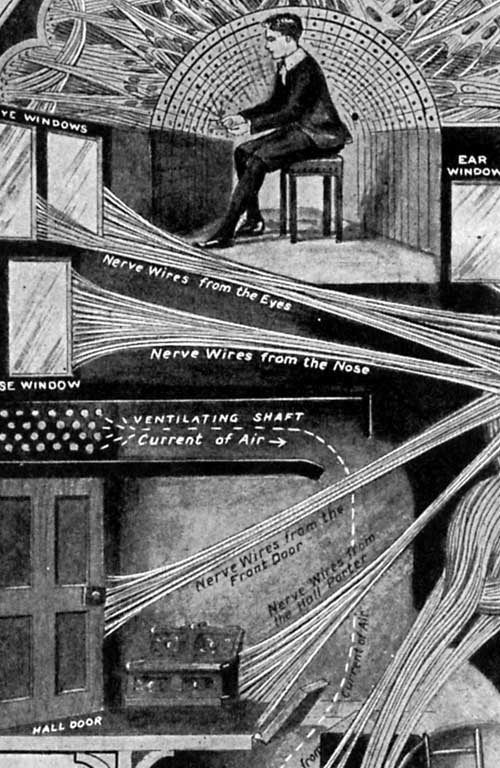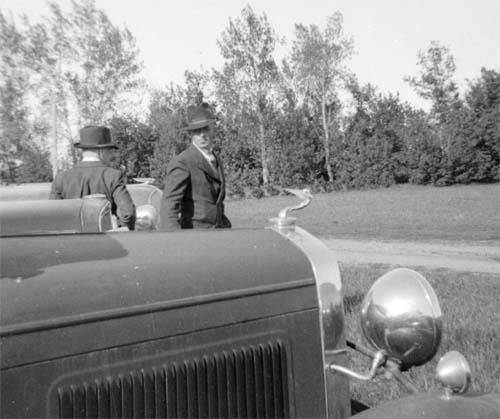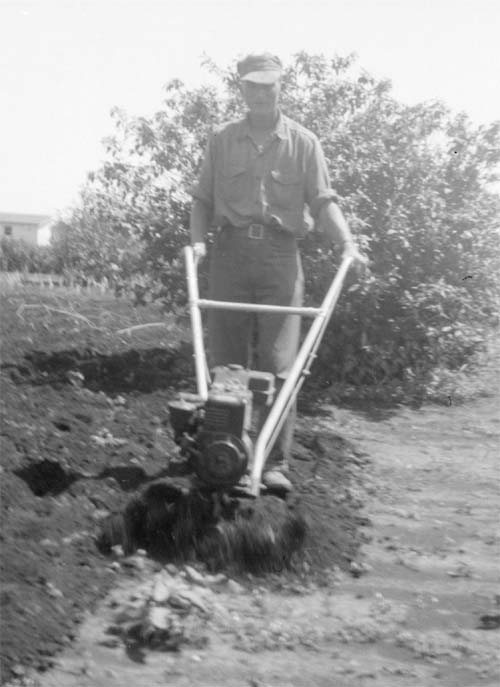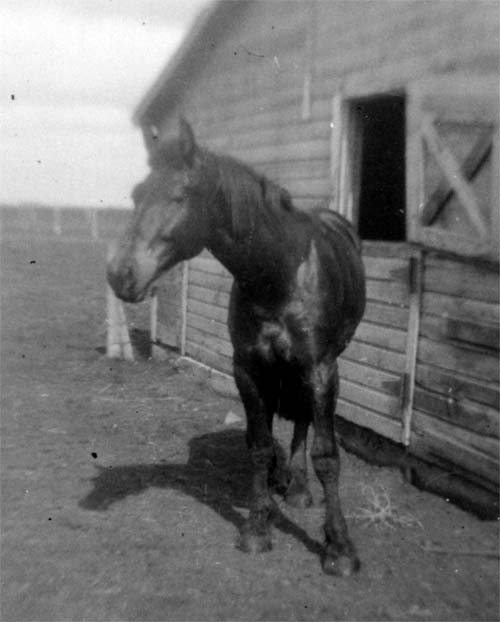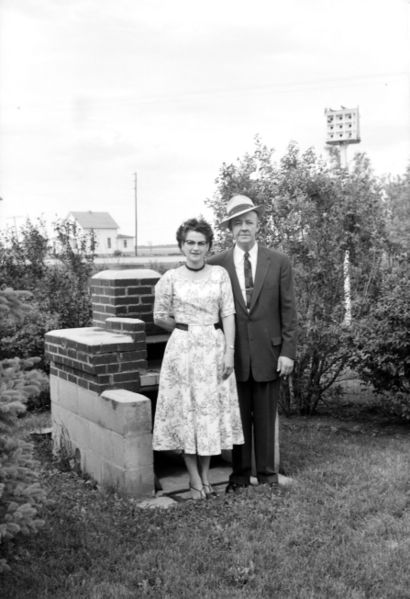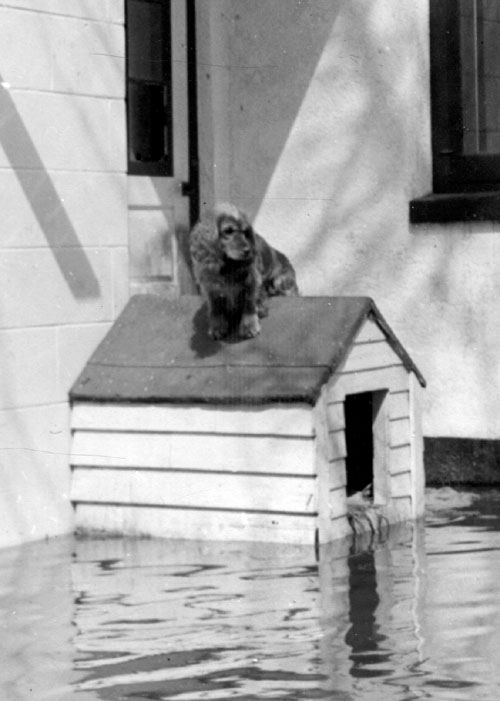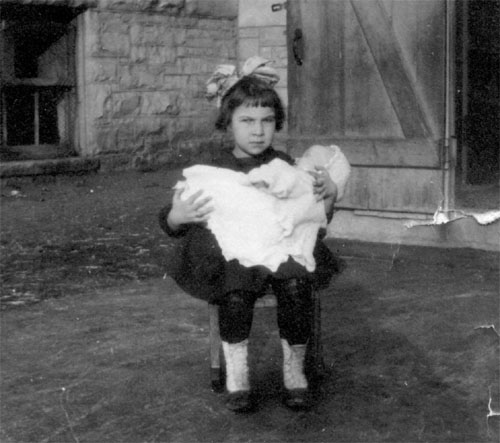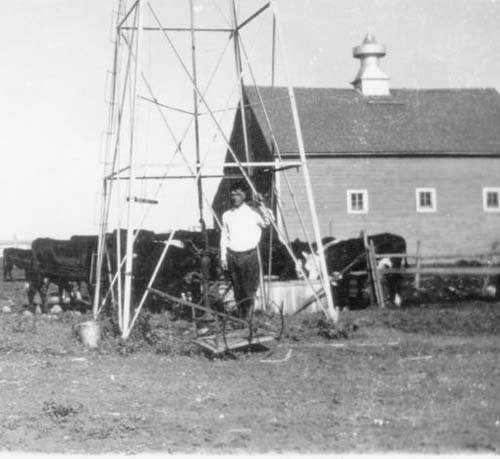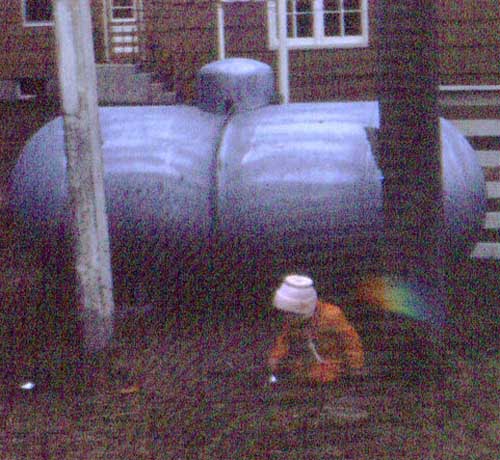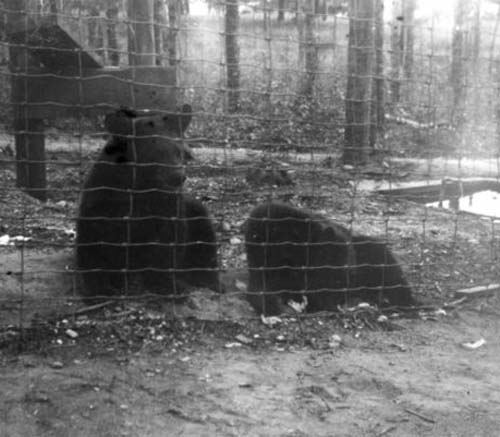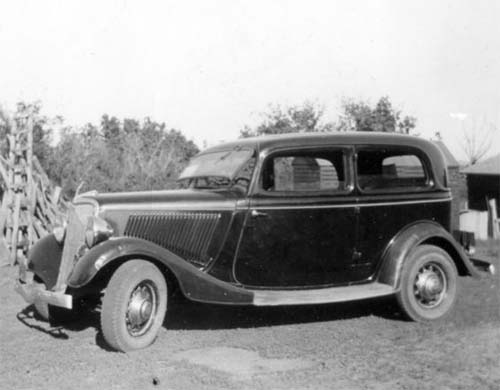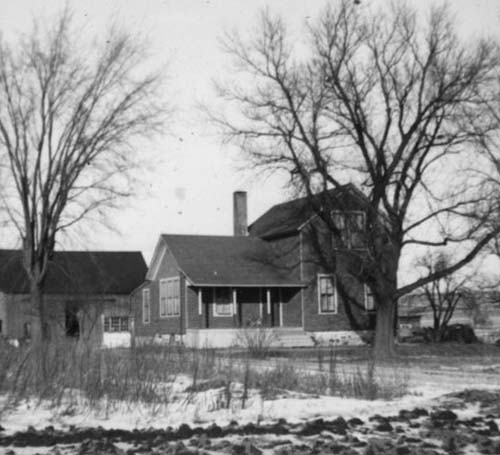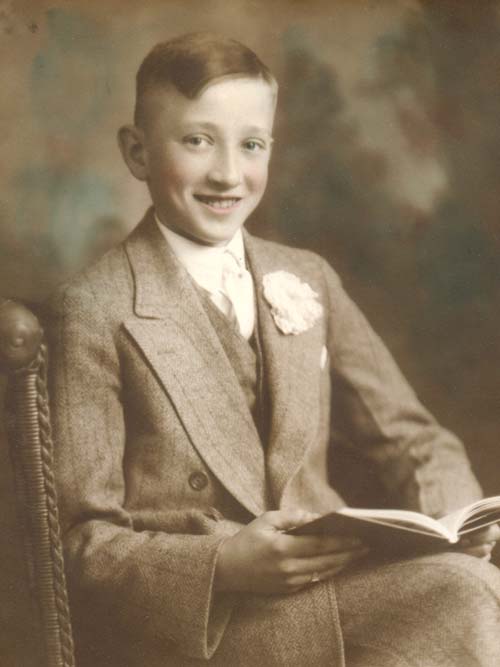 |

| |
|
|  |
Jack's Wonderful House, 1910s.
Rototilling The Garden, 1930s.
Horse In Barnyard, 1930s.
Couple By Firepit, 1940s.
Submarine Point-Of-View, 1910s.
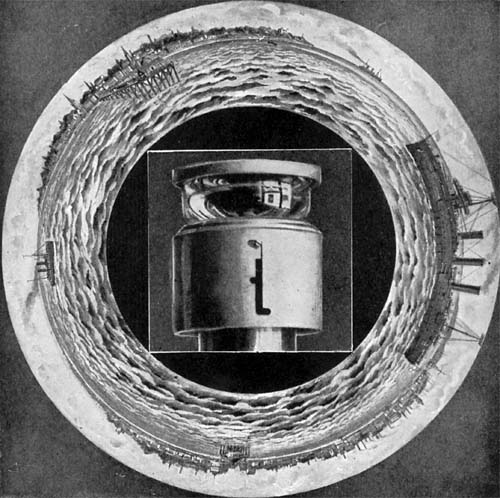
Click for full image My impression of a submarine's visual acuity was similar to a telescope: Square-jawed 1950s movie stars peering into a binocular-like apparatus suspended from the ceiling, ordering torpedoes to be fired. During and prior to WWI, submarines were just coming into their own, and would soon be the secret weapon to turn a war's direction. The periscope, according to the image above, operated quite differently than my memories of mid-20th-century naval war movies. A bowl-shaped mirror was lifted, at the top of a tube, above the surface of the ocean. It reflected light down the viewing tube, projecting it, a'la camera obscura, on to a white tabletop for review by the captain and his officers. The bowl-shape projects the distended, distorted view seen in the image above. While this afforded an instant, at-a-glance view of the submarine's surroundings, it did not provide the rangefinding, weapon-aiming, or navigation facilities that a modern sub enjoys. From The Book of Knowledge, published in the 1910s. Labels: 1910s, periscope, submarine, the book of knowledge
Cattle And The Farmer, 1930s.
Forests, Deserts, and Prairies, 1910s.
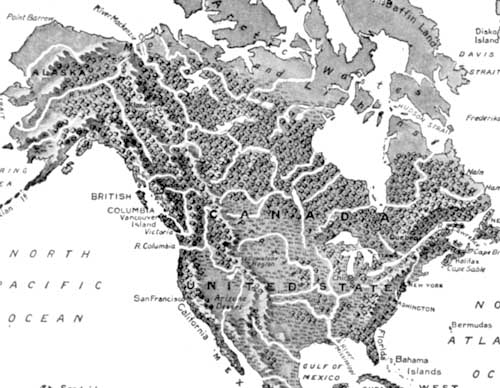
Click for full image From The Children's Encyclopedia, published in the 1910s, and designed by "G.F. Morrell". This illustrated map, ignoring political boundaries and man-made roads or railways, is pieced together from several smaller maps, depicting the various environments of the world. The caption of the maps engages in some scare-mongering, comparing the expanding deserts as proof our planet is moving towards being as arid as the moon, but it also describes deforestation as "a disastrous thing for a country," recognizing that removal of trees and grasses can result in loss of topsoil and a collapse of the food-creating industries. Labels: 1910s, environmentalism, illustration, maps, the children's encyclopedia
Niagara Falls Ride, 1905.
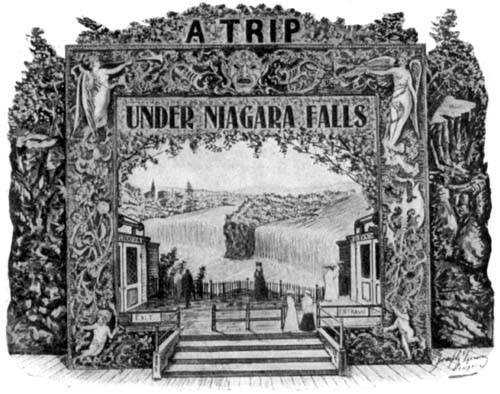
Click for full image You might think Disney invented immersive amusement park rides, but he was a latecomer to the game. As trolley car services grew in cities, they looked for ways to expand ridership. One popular solution: buy land towards the end of the line, and build an amusement park. You can't count on short-line railroad entrepeneurs to also be experts in weekend frivolities, so they had to get their attractions from somebody, and possibly a creative genius like Joseph Turner. Turner operated his New York business on the premise that the people of Kansas City would love the chance to visit Niagara Falls, complete with synthetic wind, water, and Native American legends. Read the entire ad here. Labels: 1900s, 1905, advertisement, amusement park
Seated Boy, Book in Lap, 1900s.
|  |
|
|
